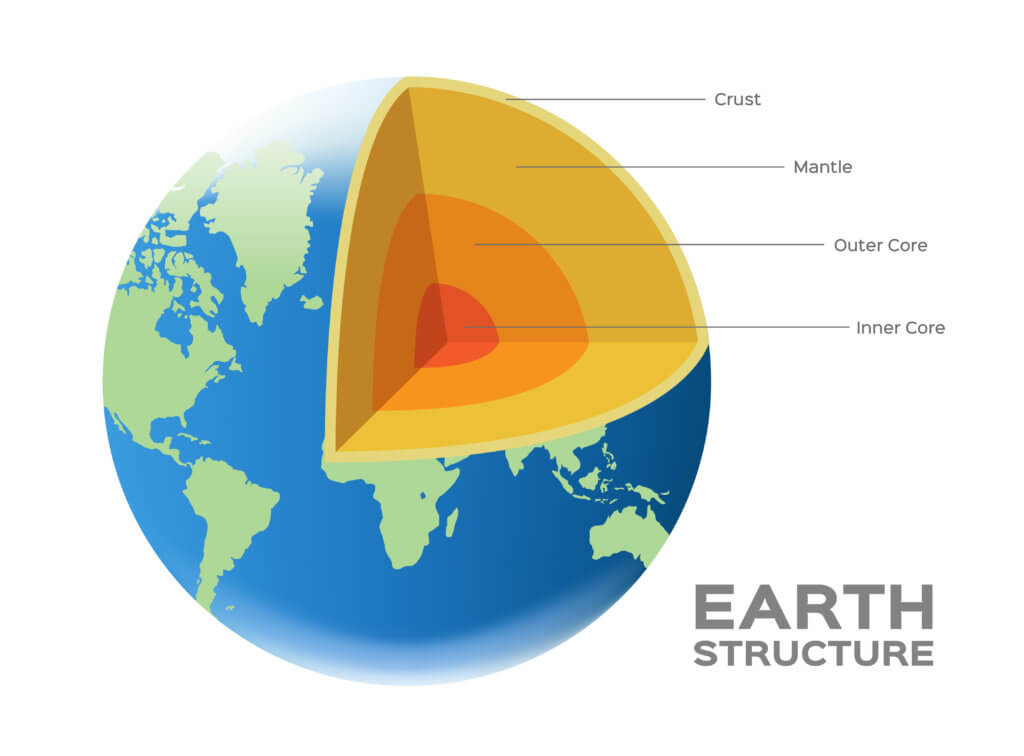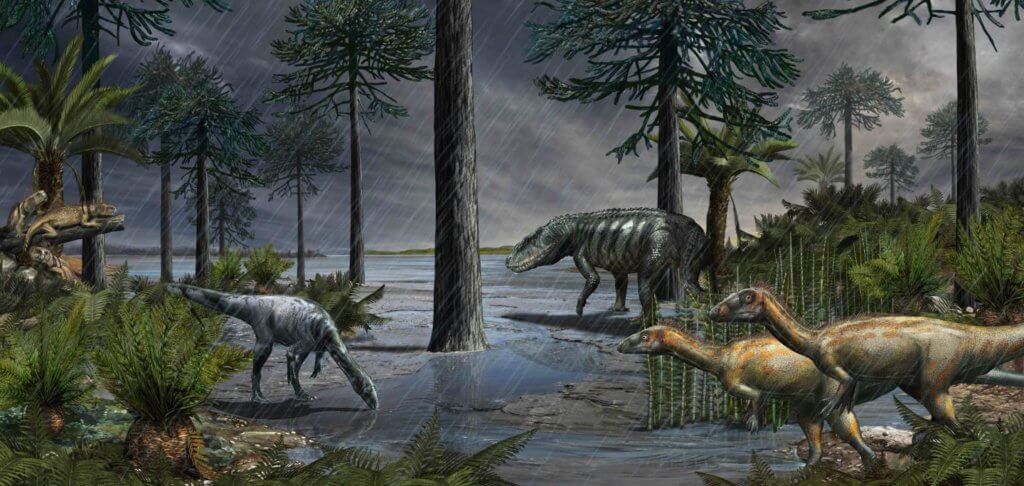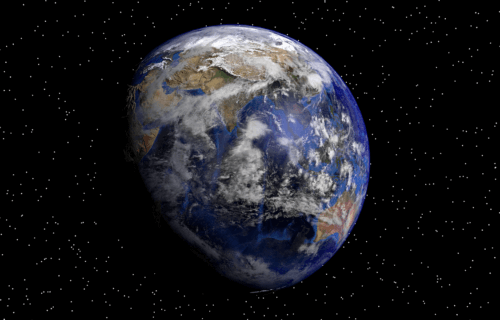SYDNEY, Australia — Life on Earth is sustained by a 36-million-year geological cycle that prompts the ebb and flow of sea levels, according to a new study. This ancient cycle plays a significant role in promoting the planet’s biodiversity, impacting a wide array of species from polar bears to plankton, scientists in Australia explain.
This geological phenomenon exerts a profound influence on marine biodiversity, with effects traceable back at least 250 million years. It’s linked with plate tectonic changes, which forge new breeding grounds by modifying the oceanic landscapes.
“In terms of tectonics, the 36-million-year cycle marks alterations between faster and slower seafloor spreading, leading to cyclical depth changes in ocean basins and in the tectonic transfer of water into the deep Earth,” says study co-author Professor Dietmar Müller, from the School of Geosciences at the University of Sydney.
“These in turn have led to fluctuations in the flooding and drying up of continents, with periods of extensive shallow seas fostering biodiversity.”

The continental shelves and shallow seas provide different habitats that expand and contract, offering opportunities for organisms to either thrive or perish. By combining computer simulations with the fossil record, the Australian team identified that these shifts trigger the emergence of new species.
They discovered striking correlations between sea-level variations, Earth’s internal mechanisms, and ancient marine organisms. This strengthens the evidence that tectonic cycles and global sea level changes, driven by Earth’s dynamics, have played a critical role in evolution over millions of years.
“This research challenges previous ideas about why species have changed over long periods,” Prof. Müller continues in a university release.
“The cycles are 36 million years long because of regular patterns in how tectonic plates are recycled into the convecting mantle, the mobile part of the deep Earth, similar to hot, thick soup in a pot, that moves slowly.”

Despite the common saying that we know more about space than our oceans, researchers estimate that 91 percent of ocean species are yet to be classified. Additionally, over 80 percent of our ocean remains unmapped, unobserved, and unexplored.
However, research indicates that the number of species in the ocean is declining. The ongoing deterioration of many ecosystems, paired with increasing extinction rates, likely outpaces the ability of species to adapt to our rapidly changing planet.
Global researchers continue to study marine life and habitats to devise strategies that will protect critical ocean ecosystems.
The Cretaceous Winton Formation in Queensland, a dinosaur graveyard, serves as a prime example of how sea-level changes have molded ecosystems and influenced biodiversity in Australia. Renowned for its rich collection of fossils and precious opal, the site offers a valuable glimpse into a time when much of the continent was submerged.

Fluctuations in sea levels led to the expansion and contraction of ecological niches in shallow seas, thereby creating unique habitats for a diverse range of species.
“The Cretaceous Winton Formation stands as a testament to the profound impact of these sea-level changes, capturing a snapshot of a time when Australia’s landscape was transformed and fascinating creatures roamed the land,” Prof. Müller concludes.
The study is published in Proceedings of the National Academy of Sciences.
South West News Service writer Mark Waghorn contributed to this report.

